Anyone who has gone more than a couple of miles on their favorite backpacking route will tell you that the first thing you need to is cut the weight. Every ounce in your pack is multiplied over the total number of miles traveled, creating an exponential increase that will leave you feeling plum-tuckered by the end of the day.
Choosing an ultralight sleeping bag is one of the easiest things you can do to cut back on the weight, and thanks to modern fabric technologies and new-fangled construction methods, it is actually possible to get an ultralight sleeping bag that isn’t going to leave you shivering in the middle of the night.
The best ultralight sleeping bags can be compared by weight, shape / style, & insulation rating, amongst a few other factors.
Read on if you are interested in learning how to choose an ultralight sleeping bag that is perfect for you.
(This article contains common technical information about sleeping bags and their features, check this review in case you want to see a comparison on some specific ultralight sleeping bag models)
Buyer’s Guide: Things to look for in an Ultralight Sleeping Bag
Whether you’re embarking on a 6-month trek along the PCT or a two day jaunt to your favorite backcountry fishing hole, having a sleeping bag that is both lightweight and compact can save you a lot of effort. While a few ounces might not seem like a whole lot at first, when you do the math, it actually means quite a bit.
Force = Mass X Acceleration
It’s actually pretty simple. According to Isaac Newton, the amount of force exerted is equal to the mass of an object multiplied by its acceleration. This means that there are two factors in how tired you are getting out on the trail:
- The speed at which you are moving
- The amount of weight you are carrying
Now we’re not here to tell you to hike faster. But we can tell you to hike smarter, and fortunately, that part is as easy as shaving a few pesky ounces off your total pack weight.
Space is Everything
There is another advantage to ultralight sleeping bags that has more to do with volume than it does with mass.
Ultralight sleeping bags are almost always capable of being compressed even smaller than synthetic sleeping bags. While the overall space gain is rarely more than a couple of inches in any direction, that can be an incredibly valuable gain, and perhaps make the difference between taking your 70 liter backpack versus taking your 35 liter backpack.
Shape & Style: Why the “Cut” of your Sleeping Bag Matters
While it’s likely that you’ve never thought about it before, there are actually 3 distinct styles or “cuts” of sleeping bag, each with its own unique set of advantages and disadvantages. Lucky you, you’re about to read about all of that:
- Rectangular / “Traditional” Style Sleeping Bags
Until recently, rectangular bags were the norm. It is the easiest & cheapest shape to produce, and as such was the most popular variety of sleeping bag for decades. One of the biggest downfalls of a rectangular bag is that there is a lot of extra airspace, which means that in general, these are not as warm as mummy-style bags. - “Mummy” Style Sleeping Bags
Mummy bags have become so popular in recent years that they style has really become the norm. Instead of a rectangular shape, a mummy-style bag looks to take advantage of a slimmer, tighter shape. This reduction of airspace allows the bag to stay much warmer during the night, however, some users with twitchy legs tend to find this style of sleeping bag somewhat constrictive. - “Hybrid” / “Half-Mummy” Style Sleeping Bags
If it isn’t self-explanatory, “Hybrid” style sleeping bags feature the best of both worlds. While a slightly tapered shape allows for greater heat retention, a more relaxed sew profile gives a bit of extra legroom that is so desperately needed by people such as myself.
Down vs. Synthetic: An Eternal Debate
If you tell your local outdoorsy-type that you bought a new sleeping bag, the first thing she is going to ask you is, “Down or Synthetic?”
When it comes to sleeping bags, every model fits in one category or the other, and the consequences in choosing between them can be more than a little bit intimidating.
Down Sleeping Bags are usually considered to be a little fancier because of their remarkable heat retention capabilities and their aptitude at being compressed and then regaining their shape with ease. Down bags do tend to be a bit more expensive, but they are the preference of ultralight hikers as they can be both lighter and smaller than synthetic sleeping bags.
Synthetic Sleeping Bags are quite common on account of their relative affordability and ease of manufacture. While not as compactible as down bags, they have the added benefit of being able to withstand greater amounts of moisture before losing their insulation capabilities.
Review Criteria: How we Tested the Aegismax Sleeping Bag
Here’s an example of what kind of process we utilize to give a sleeping bag a detailed review, or as we like to say around the office, “The Full Treatment”.
As you can see, the first thing that we wanted to evaluate was how well the bag could compress into its stuff sack. The compression bag (included) featured strong straps that allow you to really crank the compression to the next level.
The bag itself is somewhat thin, but as lightweight as you would need it to be for an ultralight sleeping bag.
The Aegismax is what you might call a hybrid-style sleeping bag, sometimes referred to as a partial mummy. This is because it features a slightly tapered shape that reduces interior air pockets, but it’s not quite as restrictive as a full mummy.
In addition, the lack of a hood is a significant and noticeable difference between the Aegismax and its chief competitors. In our opinion, the presence (or lack) of a hood really comes down to a matter of personal preference.
Zippers can be one of the most frustrating elements of a sleeping bag. Stuck zippers and torn fabric happen to even the best bags on the market, so it’s somewhat rare to find one that works properly. The Aegixmax utilizes a strong, reliable zipper that doesn’t keep getting caught in the fabric.
Sometimes, it’s the small additional features that really make the product. In the case of the Aegismax, we’ve got two loops sewn into the bottom of the bag. This makes it incredibly easy to hang the bag up to dry, and it the kind of smart construction that we like to see in ultralight sleeping bags.
Material is everything when it comes to shopping for a sleeping bag. While the down vs. synthetic debate is not one that is going to come to a conclusion anytime soon, there is a general agreement on the materials used for the outer shell of the bag. In most cases, this is a thin Nylon or Polyester fabric that really only serves to keep the fill in place.
Commonly, the shell of the sleeping bag is not very durable nor waterproof, two elements that would significantly increase the overall weight of the product.
So, What’s the Best Ultralight Sleeping Bag?
With any luck, we’ve given you the resources that you need to choose an ultralight sleeping bag for you. However, we would be remiss to not make our own recommendations seeing as how the opportunity is before us.
For anyone looking for a highly-affordable yet stunningly effective sleeping bag, click on over to our Aegismax Ultralight Sleeping Bag Review, where we take a look at one of the most popular mid-range ultralight products on the market.
And until we meet again, y’all remember to stay warm, bur stay cool.
The post How to Choose an Ultralight Sleeping Bag appeared first on YourAmazingPlaces.com.

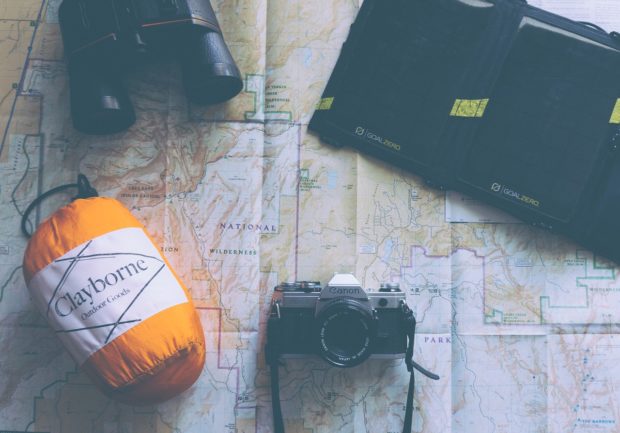
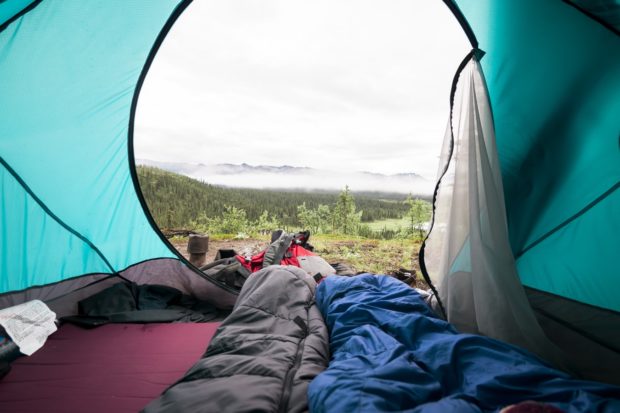
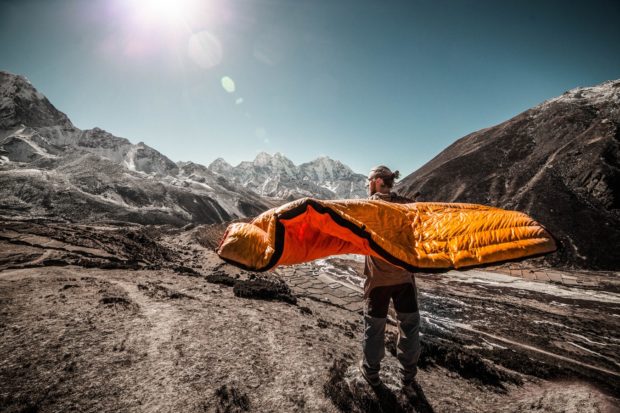
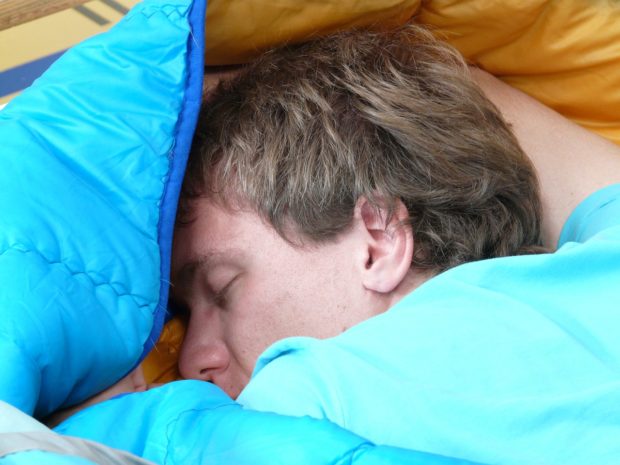
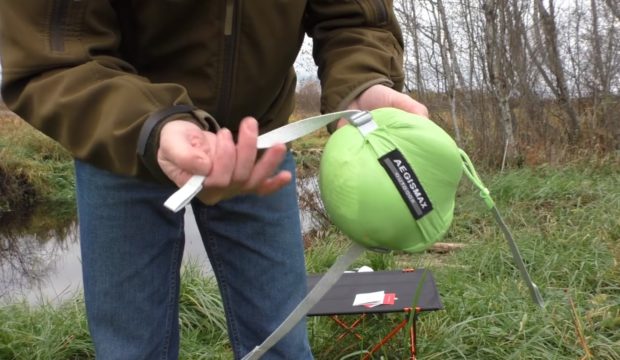
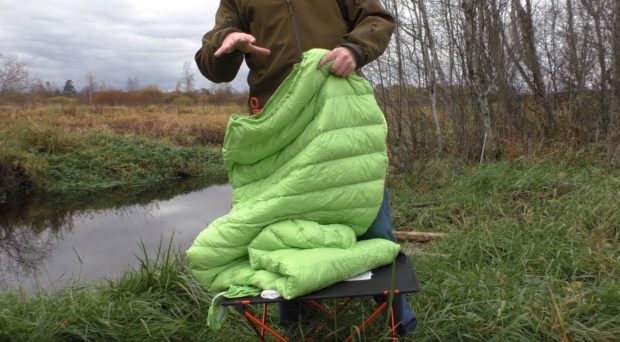
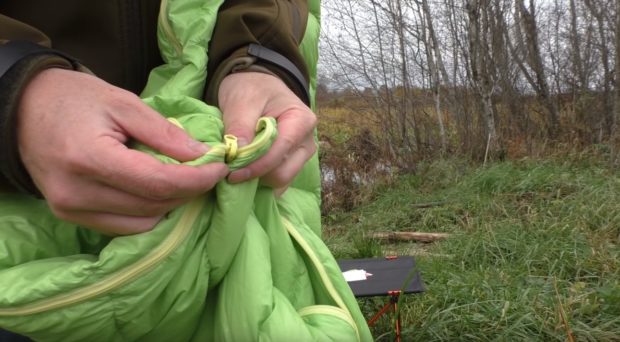
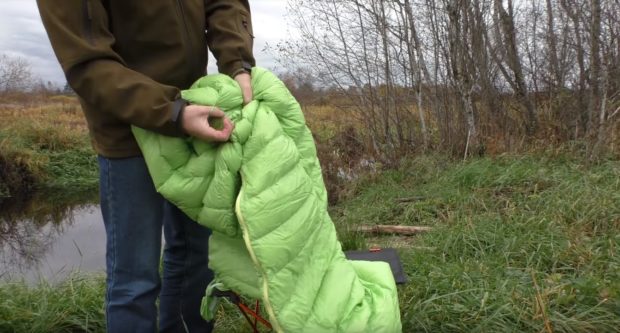


No comments:
Post a Comment